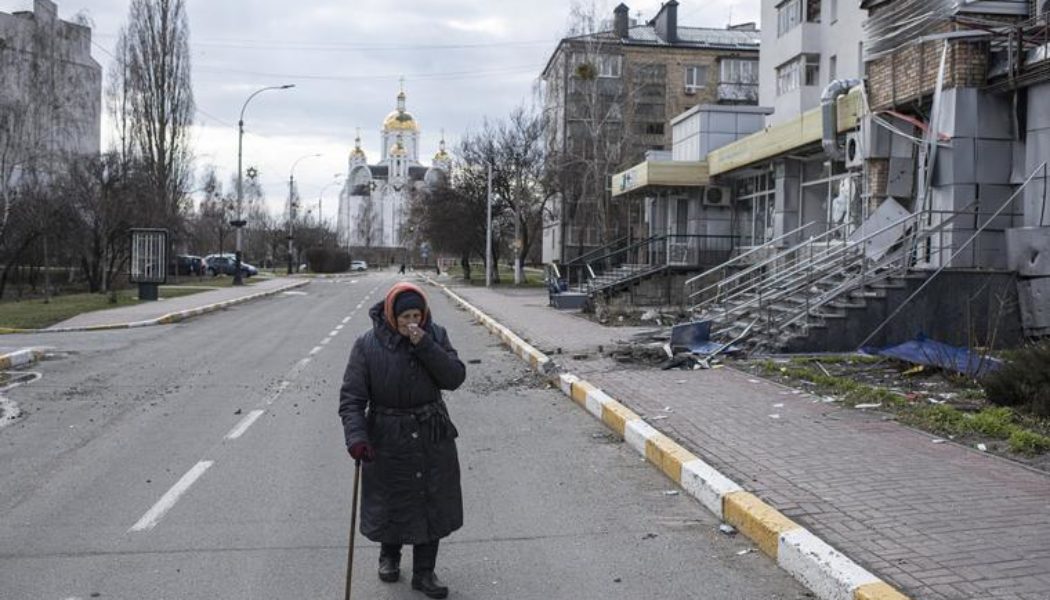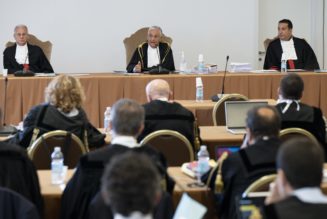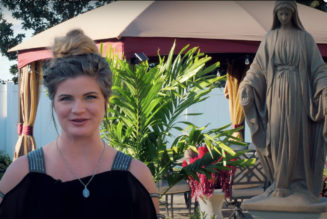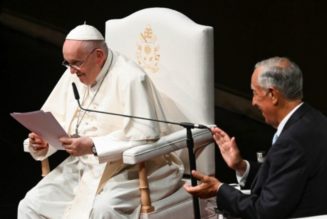
Journalism has had its share of villains like Walter Duranty, but the media can also provide an invaluable service toward truth.
When I attended Christendom College 30 years ago, I was blessed to attend Dr. Warren Carroll’s “Communist Revolution” course. Along with reading his book on the same topic, we listened to his three-hour lecture once a week. Throughout the semester, as I heard and read horrifying accounts of the communists, I had recurring nightmares.
Considering what we were learning about, the bad dreams were understandable. We examined the influence of Rasputin, who proved nearly impossible to kill. We studied the murder of the Russian royal family in 1918. We learned about the Soviet strategy in Afghanistan of dropping bombs disguised as toys. We read about the systematic murders of priests in Lithuania. We discovered the details of Pol Pot’s “killing fields” in Cambodia.
Amid these accounts, one struck me as particularly terrifying: the forced starvation of Ukraine known as the Holodomor (meaning “death by hunger” in Ukrainian). Between 1932 and 1933, the Soviets intentionally starved an estimated 4 million innocent Ukrainians.
Warren Carroll writes about it, but it is much more detailed in Robert Conquest’s The Harvest of Sorrow and Anne Applebaum’s more recent Red Famine: Stalin’s War on Ukraine. These historians agree this was not simply a case of farm collectivization gone awry, which would have been bad enough.
Soldiers systematically forced their way into Ukrainian homes and confiscated every scrap of food. The soldiers even took the Ukrainian’s house pets so they could not be eaten for survival purposes. As the starvation wore on, Ukrainians ate grass, tree bark, rats, frogs. They tried to consume anything they could find, until there was nothing to find at all, at which point some resorted to cannibalism.
How did something like this happen without incurring international outrage?
Part of the reason was that influential American reporters refused to detail the genocide. Applebaum draws upon extensive research to illustrate how and why the American press, led by The New York Times journalist Walter Duranty, covered up the famine.
Not only did Soviet leaders deny the planned Holodomor occurred, Putin’s propaganda machine in Russia still denies it. In fact, Vladimir Putin commented in 2005, “the demise of the Soviet Union was the greatest geopolitical catastrophe of the century.” That’s a chilling statement, considering the misery the Soviet Union inflicted on Ukraine and elsewhere.
Applebaum explains there was one journalist who tried to tell the truth. He was a Welsh journalist named Gareth Jones. His stories appeared in several publications including the London Evening Standard. During the years of the famine, Jones traveled to Russia and Ukraine to see the conditions of Stalin’s “Five Year Plan” firsthand.
Jones’ fluency in Russian served him and his readers well. He conducted interviews with Ukrainian peasants who had witnessed the widespread famine. Wherever he went in Ukraine, the peasants provided him with details about mass starvation. But when Jones exposed the truth of the manmade famine, he was quickly dismissed as a liar by Duranty and other Russia-based Western journalists.
Walter Duranty won a Pulitzer Prize for his reporting on the Soviet Union; Gareth Jones was captured and murdered in 1935.
To be sure, journalism has had its share of villains. It has had its share of false narratives and hidden agendas. It has had its share of lies, and liars who tell them. But as the story of Gareth Jones illustrates, the media can also provide an invaluable service toward truth.
Since the Russian invasion began, many media outlets have sided with Ukraine. Because of that media support, some people have been reluctant to support Ukraine. The major media is always wrong, goes the thought process, so it must be wrong about Russia and Ukraine too. But notwithstanding some media’s track record of flagrant bias against traditional beliefs — despite some media’s promotion of distortions and outright lies — we should celebrate when journalists tell the truth.
Many press reports — even those from progressive media outlets — align with firsthand accounts of Catholic priests, bishops and laity in Ukraine. They align with independent, nonmedia firsthand witnesses, photos and videos. The violent aggression against Ukrainian innocents is real. The problem is not that much of the Western press is outspoken in its criticism of Russia’s unjust war against Ukraine. The scandal is that many press agencies were silent in the past.
Join Our Telegram Group : Salvation & Prosperity







